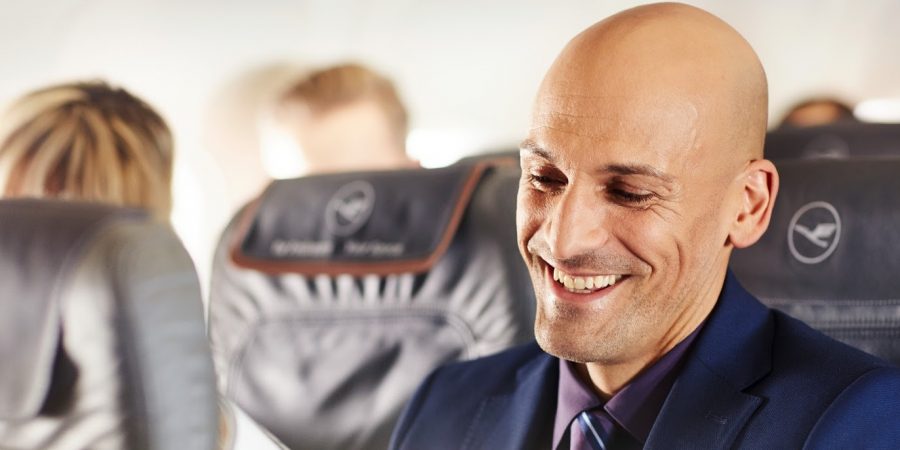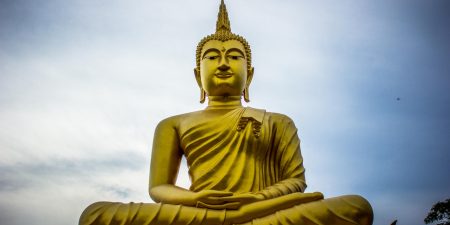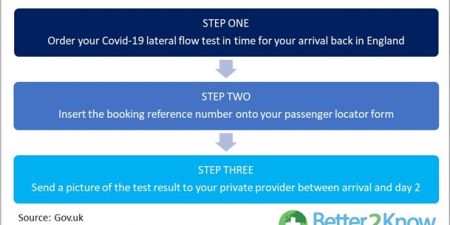While we often plan trips as a way to get away from the stress of our daily lives and to take some time in a faraway location for rest, relaxation, and fun, traveling to get to our destination of choice is, in itself, an extremely stressful series of events that can leave you needing that vacation more than ever. And if you’re traveling for business—with nothing to greet you at your destination except even more stress—it can be even worse.
In fact, according to doctors, the stress and anxiety of navigating airports, security lines, baggage checks, and lengthy flights can release a surge of hormones which increases your blood pressure by quickening the heartbeat at the same time that the blood vessels narrow in a purely physical reaction to stress.
So what are some tips for trips that can help us to manage the particular stresses and anxieties of traveling?
Dress to De-Stress
While it’s true that in the past air flight was an occasion to dress up, in today’s world we’ve all unanimously decided that traveling is better addressed as a reason to wear comfortable and common sense-clothing. You can start your travel day with the lowest possible stress levels by wearing clothing that is both easy to move and maneuver in and is comfortable for being seated in for long periods of time. It’s also a good idea to wear comfortable shoes since there is always a chance of having to run through the airport to catch a connecting flight and you don’t want to be tripping over high heels. You should also wear shoes that are easy to remove and replace, which is helpful for going through security checkpoints. Finally, wear layers so you have a sweater or jacket in case you are cold during the flight, but it’s something you can easily remove if you get too warm.
Mind Your Mindset
A lot of the stress and anxiety that comes with travel is simply the apprehension that things will go wrong. What if you miss your flight? What if it’s delayed? What if your baggage is lost? Long lines and delays are common in the air travel process, but don’t assume things will go wrong. Instead, try to keep a positive mindset and ask yourself ahead of time. Yet, make a backup plan to deal with the worst thing if it does happen.
Cushion—Don’t Crunch
One of the best things you can do for yourself to limit travel stress and anxiety is to cushion your schedule with ample time to accomplish each step of the boarding process. Estimate the amount of time that each step will take and then give yourself an extra half hour for every step, including parking, gate-finding, baggage checking, navigating through security, and checking in.
TSA guidelines recommend arriving at the airport two hours before your flight boards, but even that is not always enough. With plenty of extra time cushioning your schedule, you won’t feel crunched for time as you navigate each step of the grueling airport process. If you end up having extra time waiting to board, that can be time to enjoy reading a book or scrolling through social media to relax.
Plane Power Nap
One of the best ways to de-stress before deplaning is to plan for a power nap during your flight. If you find napping difficult, bring along a 5 mg tablet of melatonin to take about 15 minutes before you plan to nap. This is just enough to help you doze, but it will wear off quickly enough that you won’t feel groggy when you awaken.
It’s also a good idea to bring along some good earplugs for sleeping, so banging food carts and crying babies won’t interfere with your nap.
A travel pillow is also a good idea, so you can avoid having to use one of the pillows provided by the flight attendants. A neck pillow is a perfect travel pillow for an inflight power nap. A good neck pillow will keep your head from lolling about while you sleep. It will also protect you from both a stiff neck and from waking up with your head on the shoulder of the stranger seated next to you. If you have room in your carry-on for a weighted blanket, experts recommend them for those who suffer from travel anxiety.
Count on Your Carry-On
You can lower the worry level about the possibility of lost baggage by packing your carry-on bag with a complete change of clothing including socks, underwear, pajamas and a small bag of travel-sized grooming products and makeup basics. Rolling these items rather than folding will give you more space, and lightweight pants, leggings, or a skirt will be easier to keep in a carry-on than heavy jeans. With a change of clothing in your bag, if the worst happens and your bags are misplaced, you will have a 24-hour window for your luggage to be located, or to go shopping for needed items.
Plan for Pleasure
You can make a long flight something to look forward to if you plan. You can plan not only to power nap but to bring some pleasure activities along for the trip. Bring that great book you haven’t had time to read. Or if video games are your way to unwind, plan to spend some time finally reaching that level you’ve been dying to achieve. Bring some great music to listen to, and some good snacks, including a treat you don’t often indulge in. Let the rules of calorie-counting stay on the ground and tell yourself that they don’t count while you are in the air.
Planning to indulge yourself with your favorite treats and pastimes while you travel can make it something you look forward to, rather than something you dread.
If the anxiety, stress, and apprehension of traveling are keeping you from planning trips, investigate these, and other ways to de-stress your trip and manage your anxiety so it doesn’t get in the way and impede your ability to explore the world.









